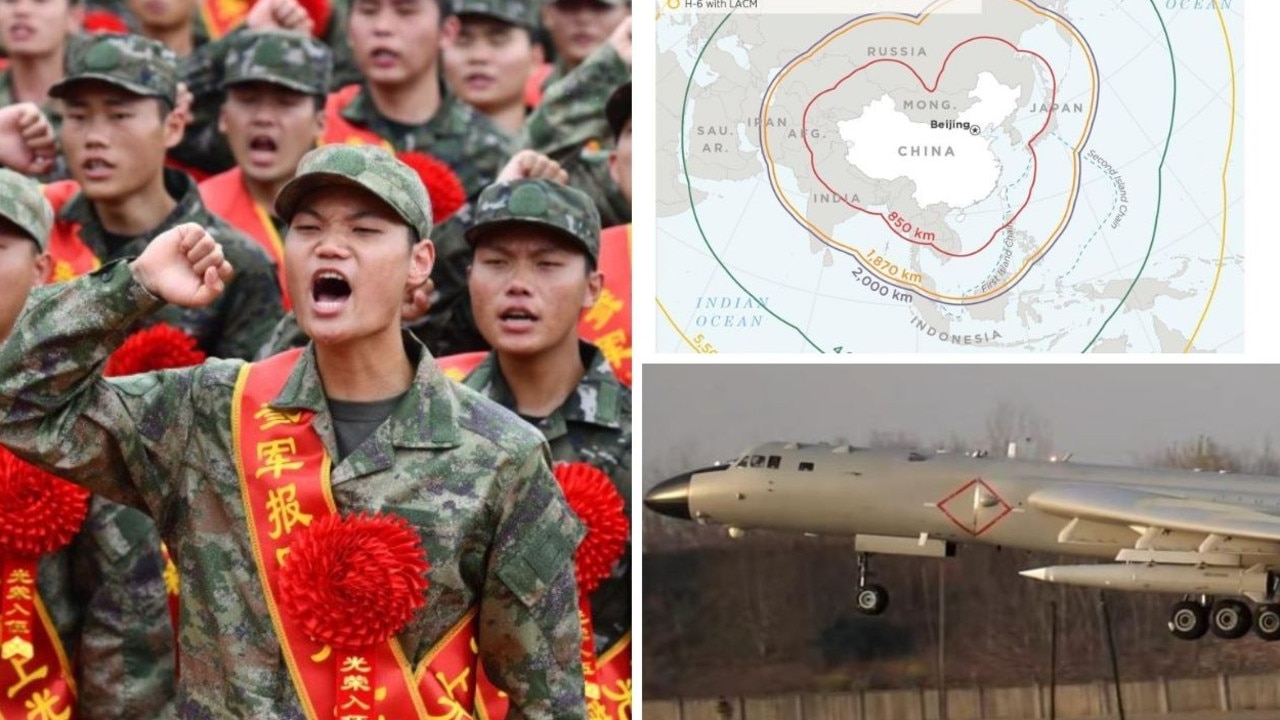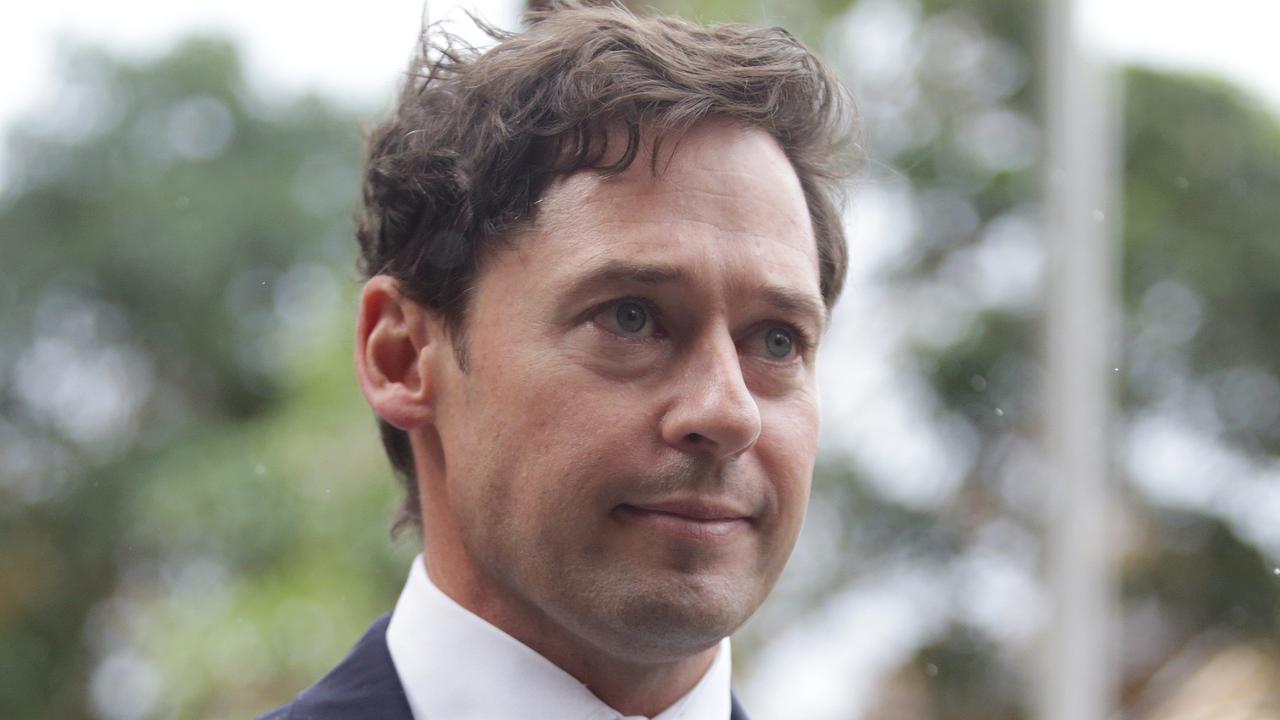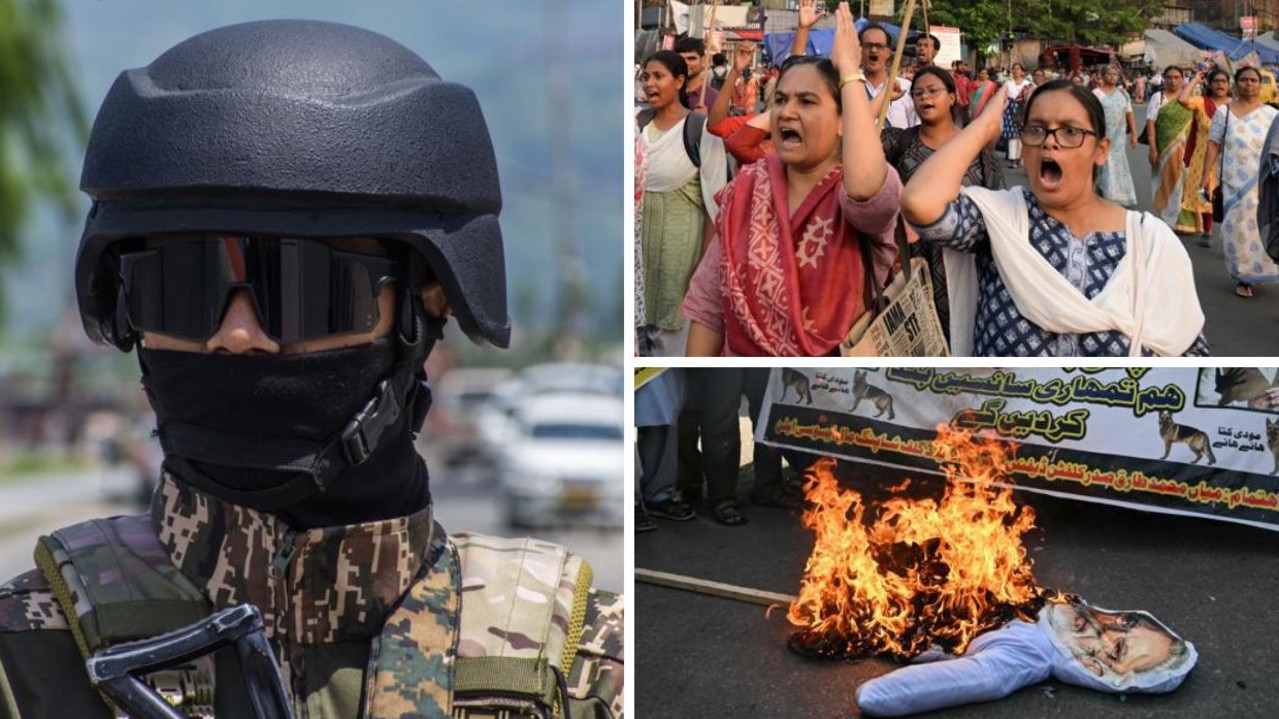‘Pre-war era’: Terrifying Europe warning
A “devastating” but very “real” warning has been sounded by a European Prime Minister that the clock is ticking to WW3.

Poland’s Prime Minister has warned of a “real” threat of war in Europe, saying the region has entered a “pre-war era” for the first time since World War II.
“I don’t want to scare anyone, but war is no longer a concept from the past. It is real, and it started over two years ago,” Donald Tusk told media last weekend.
“I know it sounds devastating, especially for the younger generation. But we have to get used to the fact that a new era has begun: the pre-war era. I’m not exaggerating; it’s becoming clearer every day.”
He’s added his voice to a growing chorus from leaders of nations including formerly neutral Finland and Sweden in the north and the neighbouring states of Latvia, Lithuania and Estonia.
“The European Union as a whole, as a powerful organisation, must be mentally prepared to fight for the security of our borders and our territory,” he said.
“War is no longer a concept from the past. It is real, and it started over two years ago,” he added, referring to Russian President Vladimir Putin’s invasion of Ukraine.
“The most worrying thing at the moment is that literally any scenario is possible. We haven’t seen a situation like this since 1945.”
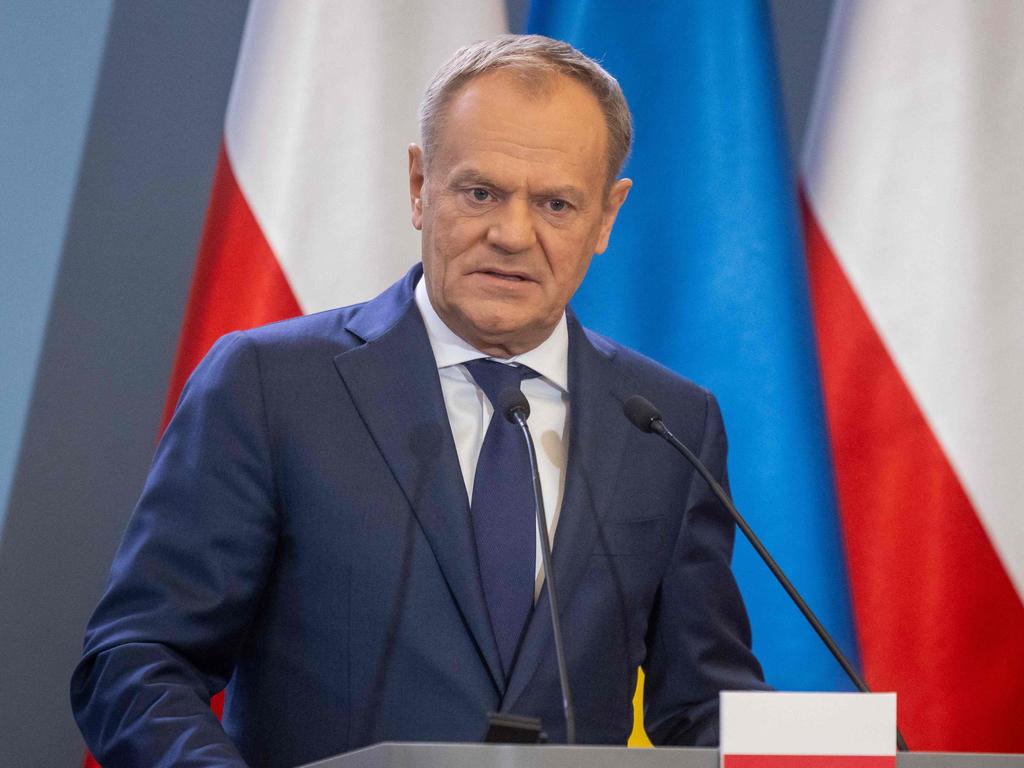
His warning comes after a Russian missile crossed through Polish airspace on its way to a target in Ukraine late last month.
Poland scrambled F-16 fighters in response to what Tusk called a “troubling incident”.
“We must be ready. Europe still has a long way to go,” he added.
“All contingencies”
US ambassador to NATO Julianne Smith told a Tuesday briefing that President Putin remains “the pre-eminent threat that we’re grappling with”.
“NATO is not sitting on its hands,” he stated. “It’s not waiting for any possible contingency. Instead, it’s preparing for all contingencies.”
War is not imminent, he said.
But, just as the US had warned of the implications of Russian actions leading up to the war in Ukraine, it would do the same for Europe.
“We monitor the situation regularly, as you might imagine, to look for other indicators and warnings that Russia is preparing to do something above and beyond what it’s doing in Ukraine,” he told assembled media.
“Right now, we see Russia all in and engaged with this unprovoked war of aggression inside Ukraine. But we do not have indicators or warnings right now that a Russian war is imminent on NATO territory. And I really want to be clear about that.”
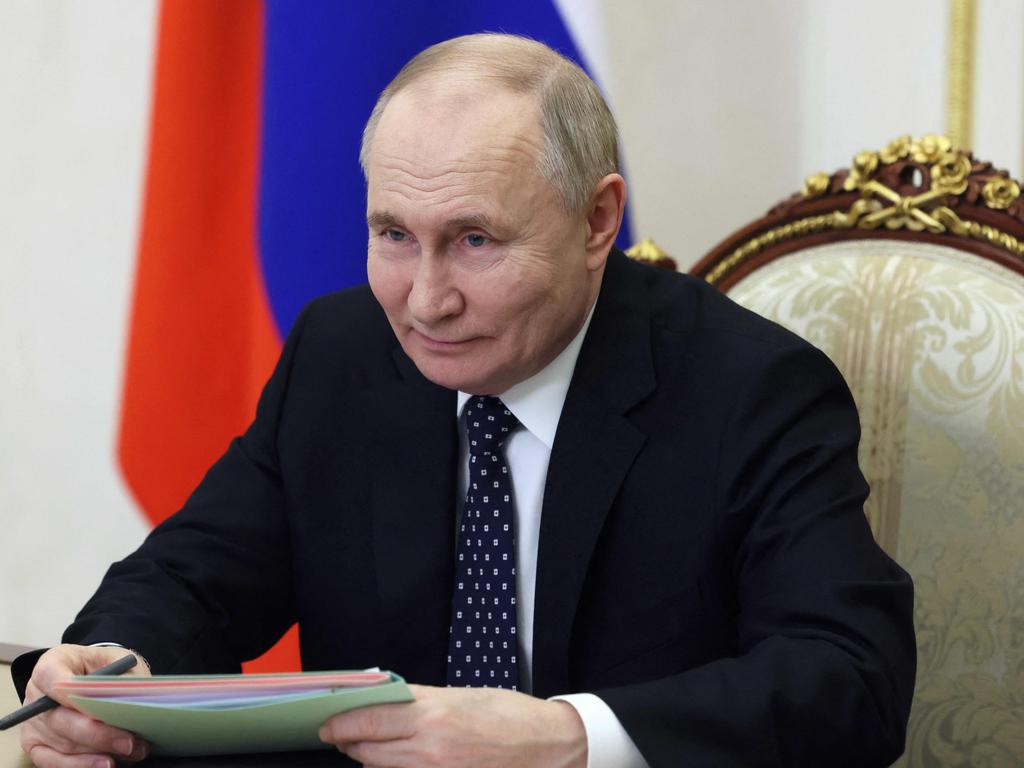
His European partners, however, are expressing a greater sense of urgency.
“I think the understanding is broadening that we have to defeat Russia, because otherwise there will be a continuation of this tragic story,” Lithuanian President Gitanas NausÄ—da told US media.
“If (Russia) breaks the first defence line (Ukraine), they will enter. They will go after us, and there will be a second defence line.”
Poland’s Prime Minister Tusk was even prepared to put a timeline to the threat.
“The next two years will decide everything,” he said. “If we cannot support Ukraine with enough equipment and ammunition, if Ukraine loses, no one in Europe will be able to feel safe.”
Ukraine in the balance
Russia has begun a fresh assault on Ukraine, sending heavy tank units to push the front lines after weeks of glide-bomb attacks from aircraft and sustained artillery barrages.
Ukrainian forces say their artillery cannot respond in kind as it is low on ammunition following Republican Party moves in Washington DC to end financial and equipment support for the embattled democracy.
The Russian dictator invaded northern Georgia in 2008, and seized the Ukrainian province of Crimea in 2014. And he’s repeatedly expressed his determination to recreate the Russian Empire of Tzar Peter the Great, who invaded much of Eastern Europe and the Balkans in the 17th Century.
Putin insisted Peter the Great hadn’t invaded. Instead, Putin says he was “restoring and reinforcing” prehistoric Slavic territory.
“Clearly, it fell to our lot to return and reinforce as well,” he said after invading Ukraine in 2022.
Last week, he took up a different line.
“It’s complete nonsense the possibility of an attack on some other countries, on Poland, the Baltic States, and elsewhere,” Putin stated.
Tusk and many other European leaders don’t believe him.
“Today, we have to spend as much as we can to buy equipment and ammunition for Ukraine because we are living in the most critical moment since the end of the Second World War,” Tusk said.

US NATO ambassador Smith, however, this week sought to downplay the threat.
“I don’t want to give our friends in the Baltic States the impression that somehow war is coming to NATO territory overnight,” Smith explained. “We take it seriously. But we do not see this to be an imminent threat.”
However, European NATO members are increasingly concerned over how committed the US is to the alliance. Especially as presidential hopeful Donald Trump appears to be ahead in the polls for the November elections.
Trump has threatened to dismantle the post-World War II alliance and leave President Putin to “do what he wants” with Europe.
“Whether Joe Biden or Donald Trump wins the next election, it is Europe that needs to do more when it comes to defence,” Tusk stated. “Our job is to nurture transatlantic relations, regardless of who the US president is”.
Jamie Seidel is a freelance writer | @JamieSeidel




